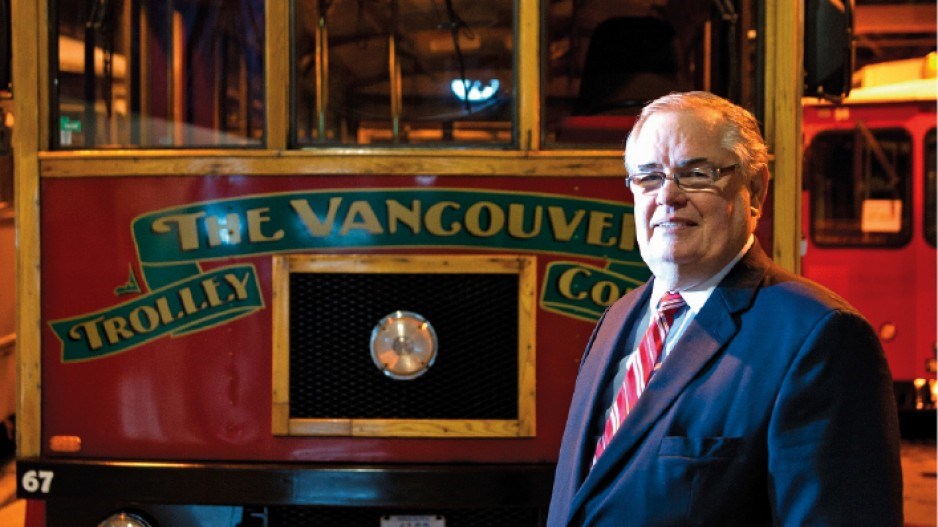Successive budget cuts to the Canadian Tourism Commission (CTC) has forced the national tourism promotion body to cut staff, withdraw from marketing in the U.S. and reduce its international presence.
The organization’s shrinking budget has also spurred calls for Ottawa to provide funding to the CTC based on a formula instead of the whim of tourism minister Maxime Bernier.
The CTC’s budget has fallen to $62 million in 2013 from $75.8 million in 2012 and $105.9 million in 2009 (see graph). Its staff count has fallen from 164 full-time employees in 2010 to the full-time equivalent of 107.5 workers today.
“The biggest impact will be less return for the Canadian economy because there will be less investment [abroad promoting tourism],” CTC CEO Michele McKenzie told Business in Vancouver. “It is the industry that will ultimately see the impact.”
She estimates that for every dollar the CTC spends, it generates a $40 return on investment.
The industry is consequently lobbying the federal government to switch from arbitrary annual allotments to funding the CTC through either:
•a set percentage of the approximately $460 million that foreign visitors annually spend on the goods and services tax (GST) when vacationing in Canada; or
•a levy charged to all foreign visitors who arrive by plane, including all Americans, except for those who live in border states or New Jersey.
“The status quo is not an option because it brings with it uncertainty,” said Tourism Vancouver CEO Rick Antonson. “We support a new option that is tied to a formula and that formula might be best around the GST.”
Antonson said that because foreign tourists could get rebates on the GST they paid on vacations until 2007, the government might be more likely to consider giving the industry a percentage of that “new-found” money than by imposing a new levy on tourists.
In contrast, Vancouver Trolley Co. CEO Jim Storrie believes a tourist levy might be more palatable for government given that the U.S. last year slapped a $5.50 levy on the seven million Canadians who annually fly to the U.S. and the 150,000 or so Canadians who enter the U.S. by boat.
“We have to find a way to provide adequate sustainable funding for the CTC and Destination BC because it makes a huge difference for the industry.”
McKenzie said she has no preference on how her organization is funded as long as funding levels start rising. She described the CTC’s exit from marketing in the U.S. as a strategic shift made largely because various provincial and city-based tourism marketing organizations prefer to market their destinations independent of the Canadian brand.
Another CTC cost-cutting move was to chop $5.6 million annually by consolidating international offices. More savings were achieved by shifting out of using broadcast media and increasing the use of social media and “point-of-sale support,” which includes sending marketing materials and posters to foreign travel agents.
Tourism minister Maxime Bernier’s spokesman Scott French defended the CTC’s budget cut as being part of overall government restraint. “Our government has taken a fiscally responsible approach to control spending, keep taxes low and return to balanced budgets over the medium term. This government-wide approach included finding efficiencies and savings measures at the CTC.” •




